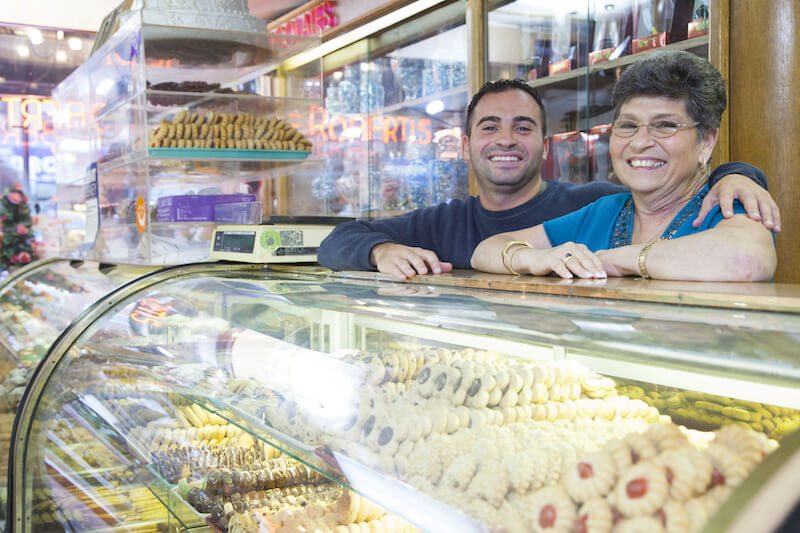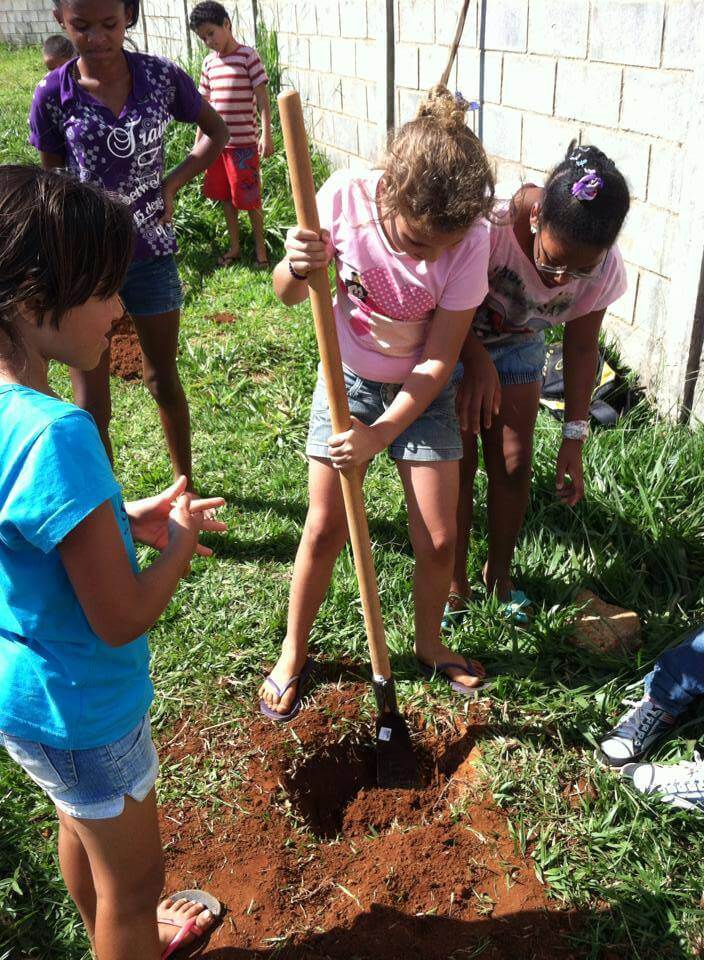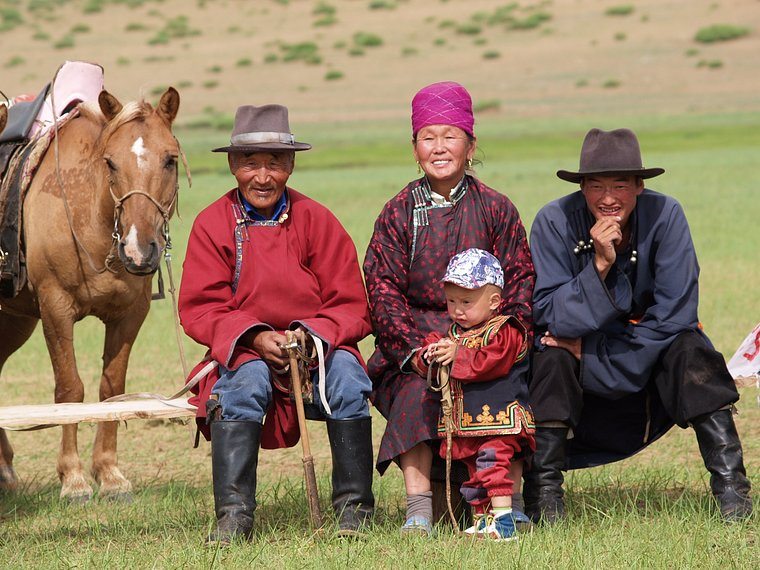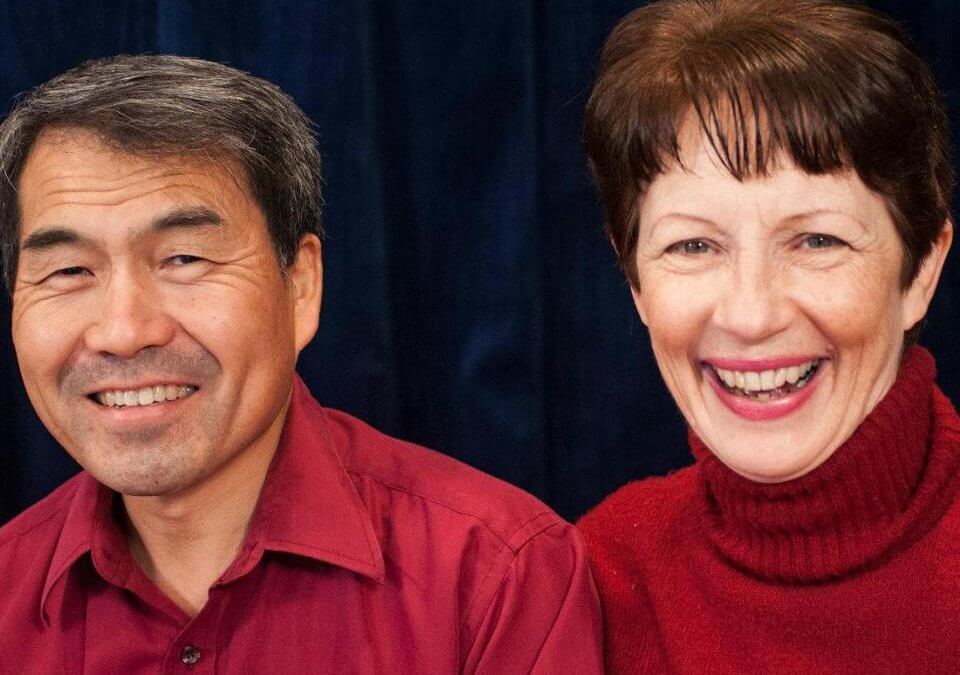By Kate Tsubata
We have a three-generational family that interacts daily. Our married children all live within a one-block radius. We share errands, child care, vehicles, meals. You might say we have an extended family lifestyle.
This wasn’t accidental, in fact it is the fruit of our intention – a result of our values and cultural convictions – that the extended family is the best model for our children and grandchildren and larger community.
As a young reporter, I had observed and interviewed a lot of immigrant families who initially lived in circumstances far worse than the poorest Americans. But, by living multi-generationally, they pooled resources and provided important support systems for each other.

Multiple generations within immigrant families in America support each other to establish livelihoods
These families operated differently than the nuclear families. Together they rapidly changed their circumstances. They lived together, invested in business, education or other priorities together, and often helped other relatives get a start. Within a decade, they were business owners, homeowners and their kids were doing well. Soon, clusters of these extended families became a cultural nexus where cuisine, language, businesses, arts and faith practices could be shared. Chinatown, Little Saigon, Little Italy, or other cultural areas developed. Walking a U.S. city, one can experience the sights and smells and tastes from dozens of other nations. I realized that these families were succeeding, not because they were innately harder working or smarter, but because they operated on the extended family model.
I realized the “extended family” was a highly efficient system for eliminating expense and meeting needs. The families consolidated the cost of housing, cars, food and furnishings. Cooking, cleaning, childcare, laundry, and bill-paying were all shared. More importantly, the multi-generational family model provided social, emotional, and spiritual support: no one was lonely or isolated, children grew up surrounded by attentive adults, young adults and growing families could draw on the wisdom and support of older families, and aging members could rely on the support of younger generations. If there was a problem, there were several relatives right there who were aware and able to help resolve it.
Most Americans, by contrast, are raised to prioritize independence. At age 11, I was earning my own money, and began paying for my own needs (glasses, braces, clothes). I saved my own money for college. I understood that at age 18, I was on my own—and that’s pretty much what happened. “Leaving home” seemed the automatic sign of maturation. Adulthood meant independence and self-reliance.
Grandparents, aunts, uncles, cousins—were people seen on special occasions only. I loved and delighted in knowing them—but never considered them as a source of support or daily interactions. It was unheard of to ask a family member for a loan or even rather mundane favors.
My husband is Japanese. His cultural experience of family vastly differed from mine. And while we both embraced the freedom America offered, we didn’t like the separation and division. Therefore, we built a different structure that “married” aspects of the West and East. We chose to build a family that prioritized our values, had strong interdependence – consolidating strengths and supporting each other’s needs – and invested in our community.
So, as our children grew up, I chose to work from home, doing freelance and contractor projects, rather than in workplace-based jobs. We lived frugally but invested in our community and our family. We saw our family as the primary place to build spirituality and daily ethics; church, school and other institutions were resources, but our real spiritual center was the home.

Children participate in community service organized by Global Peace Foundation in Brazil.
Community building was always important to us. We worked to benefit our neighborhood, and to contribute our strengths in unique ways. As a journalist, I valued communication, so we created a newsletter that quickly was adopted as an official organ of the civic association. I could investigate, report, write and print from my own home. My husband would deliver the final paper to every house in the community.
With the power of the word, we could highlight good things people were doing, and bring problems to the attention of the residents, always seeking positive solutions. We initiated projects—community clean up days, educational theater projects, events to bring neighbors together. Our children grew up helping and learning how to organize such activities. They also learned that it’s important to take care of your community.
As they matured, we encouraged them to discover the unique talents and gifts that God had given them—and to develop those to accomplish great things. One became a dancer and choreographer—another a filmmaker—another an IT specialist. They all took different routes to attain their goals, supported by the family as a whole.
Marriage is also extremely important to us, and the development of wholesome and healthy relationships was a big focus especially during my children’s teen years. We embraced a non-dating, courtship-based structure for finding a partner, prioritizing the person’s ethical attributes and familial commitment. The young couples all lived with us after marriage, throughout their college or training periods, and as they began having children. When they became established financially, and had some savings, they purchased homes within our same neighborhood—literally a block away. Now, all three families live in close proximity, and see each other daily.
What has emerged is a type of three-generational family spread over a community platform. Errands are handled communally. If one person is going to the store, they message the others, and ask if anyone needs anything. If someone has a doctor’s appointment, the others take the kids. If someone is doing a huge task, or going out of town, the other households pitch in, lending logistical support.
Whether someone is remodeling or having a party, it’s understood that the others are automatically going to help. If an emergency takes place, everyone responds. When there is good news, everyone gets told immediately.
But we are much more than a logistical support, we are also each other’s processing system, providing emotional back up and analytical support. If someone is stressed, frustrated, worried or angry, they have others to turn to who are highly invested in a positive outcome for all the participants. Typical stresses on young families are more easily dealt with when grandparents are there to give perspective. Trusted and invested third-parties like grandparents help couples and families monitor their priorities and hold each other accountable to long-term goals, rather than momentary triggers.

Three generations of a Mongolian family pose for a photo together
The extended family also provides enormous support for the growing children. From birth, they receive and respond to love from multiple family members, all with special qualities. Their dads, uncles and grandfathers model strengths and capabilities in various fields and have different hobbies as well. Their mothers, aunties, grandmothers provide a consistent and cohesive emotional support network; issues of rules, discipline and milestones are discussed and implemented jointly.
Our choices have given us a lot of joy. Everyone within the family is highly engaged in their personal development, while also supporting each other. We are able to deal with issues as they arise, and tap into possibilities and experiences that would not be available without the additional levels of life experience and skill sets that our extended family offer.
What is more, I have seen our family values, like the virtues of hospitality, honor for others, and helpfulness continue into relationships in society as the definition of “extended family” expands to include our community and workplace. These neighbors and colleagues are quickly transformed into “aunts and uncles” and their kids into “cousins.” The models of elder and younger siblings become the template for how to relate to an extended family.
The power of a family is not “additive” (where one plus one plus one equals two) but exponential. The dynamics of the intergenerational family multiply the power of each person and create a culture that naturally extends outward, touching many others as well. It exerts an almost magnetic force, drawing in others and helping them experience the power of familial love.
At the heart of a family is love, and that love—experienced through multiple generations, through both male and female relatives, and through elder and younger counterparts—is a very vibrant and compelling force. My personal experience in our extended family leads me to believe that strong and loving extended family supports individual fulfillment and the creation of a healthy, vibrant and prosperous community.
Kate Tsubata is a U.S.-based journalist, filmmaker and volunteer in her community. She founded “WAIT,” a youth performing arts group teaching HIV and AIDS awareness, which has reached 24 nations. She is currently producing “Dancing Joy,” a feature documentary of world dance to Beethoven’s Ninth Symphony, with the involvement of her entire family.

